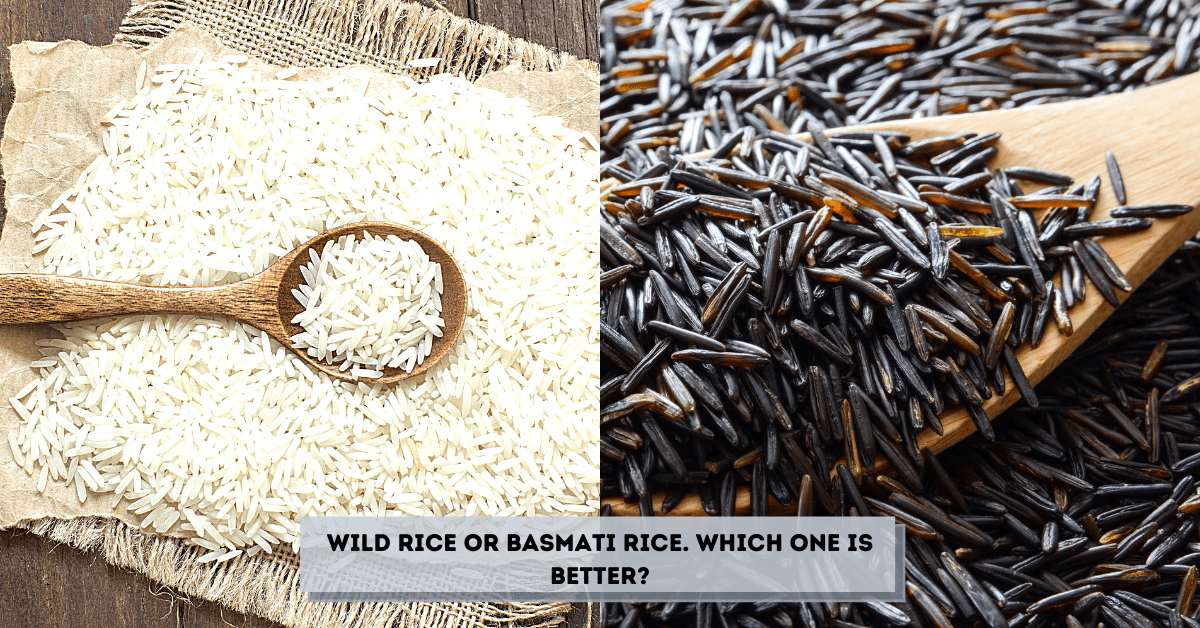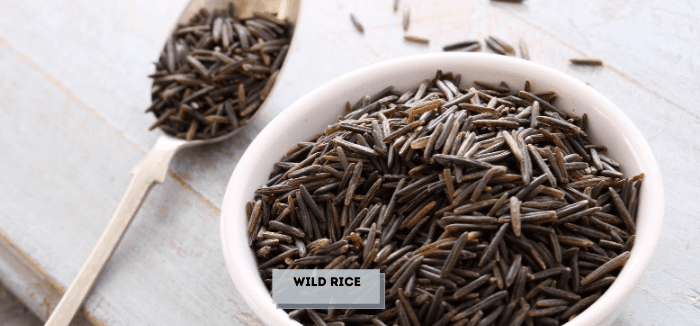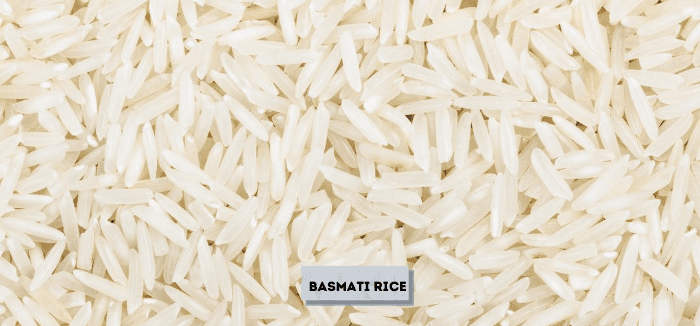Wild Rice or Basmati Rice. Which One Is Better?

Key Takeaways
1. Explore a myriad of rice varieties, including Wild Rice, Basmati Rice, Black Rice, and Pink Rice, each offering unique flavors, textures, and nutritional profiles.
2. Understand the nutritional benefits of different rice types, such as the high protein and antioxidant content of Wild Rice, and the fiber-rich qualities of Brown Basmati Rice.
3. Learn essential cooking techniques for both Wild Rice and Basmati Rice, from proper water ratios to enhancing flavors with ingredients like salt and butter.
4. Delve into health considerations such as arsenic levels in Brown Rice and the comparative nutritional values of different rice varieties, aiding in informed dietary choices.
Rice, Rice is something that normally everyone eats. Some like it, some love it, and some of you might have it in your culture and tradition. It’s like a basic food or dish for many countries, or you might say in a culture.
Rice has as many types as people like it. Means many. The varieties differ in color or shape or even in nutritional value, and of course, the taste differs too.
If you are fond of Rice, I bet you must have known until now which one is better, but it’s never too late to explore more. So stay with me, and we’ll see the major differences.
Types Of Rice:
There is a very different range of Rice. Let’s cover a few briefly first.
- Wild Rice: Wild Rice is a whole grain that is very popular now. It is cultivated in rice paddies that are filled with water. They are a form of aquatic grass.
- Cultivated Rice: Rice which was originated from China; no doubt, the Chinese are so fond of Rice that it is their staple food.
- Black Rice: they are called black Rice because of their color, and their color is because of the anthocyanin. They were also called forbidden Rice.
- Pink Rice: they have a sweet scent and a sweet taste.
And the list goes on and on. But we should come to the point that which one is better and which ones are commonly used.
Two Common Types Of Rice:
The two common types of Rice used worldwide are wild Rice and basmati rice. They both differ in color and texture. The wild ones grow in water, but the basmati ones grow on soil.
Wild Rice:

Wild Rice starts with a fun fact that these Rice are grass, as I mentioned earlier about the aquatic grass. It discovered and originated from Great Lakes, but now as per increase demand, it is also cultivated in human-made fields with a lot of water puddles.
Flavor OF Wild Rice:
It has an earthy nutty type flavor; that’s how people explain it. If they are properly cooked, they are chewy with a nice texture.
Nutritional Value Of Wild Rice:
A 100 g serving of cooked wild Rice will provide you with
- 101 calories
- 21 g carbs
- 4 g proteins
- 1 g sugar
- 2 g fiber
- 7% daily value of vitamin b6
- 6% DV of folate
Along with this, they are very healthy sources of magnesium, zinc, phosphorus, etc.
White Rice As Anti-Oxidant:
Studies show that wild Rice is a rich source of anti-oxidants. Anti-oxidants are good for health as they reduce the risk of some major diseases, which also includes cancer. They also delay the process of aging.
The anti-oxidant value is 30 times more than white Rice.
How To Make White Rice?
To make wild Rice, you need 1:3 of wild Rice to water. And some salt to taste
- Wash wild rice
- Add them with water and salt in a pan
- Boil them
- Reduce heat and leave to simmer
- Rice is cooked when they are open and curled
- Drain the water and serve.
Basmati Rice

Basmati rice is long grain rice found from the hills of Himalayas and is famous in South Asia.
Basmati rice can be served plain or with a lot of other variations. They are tasty either way.
The flavor of Basmati Rice:
Almost all of us are familiar with their flavor. They have a nutty flavor with a very appetizing aroma. They have a fine texture and are long in size.
There are two types of basmati rice, and they both are different, so let’s see them one by one.
Brown Basmati Rice:
The brown Rice is Rice along with the bran and germ. Bran and germ are healthy as they provide dietary fibers and essential nutrients
Nutritional Value Of Brown Basmati Rice:
50 g of dry basmati rice provides you with
- 180 calories
- 4 g fiber
- 5g proteins
- 5 g fat
These ratios can tell how healthy brown basmati rice is, plus they have 0-gram sugar in them.
High Level Of Arsenic:
Brown rice contains a high level of arsenic in it than any other rice. The arsenic found in these Rice is the same as the arsenic prepared in the laboratory and is toxic to human health.
Plants absorb this arsenic while growing, and they result in these high content arsenic rice. It is normal to eat if you are not consuming too much daily, but because of this fact, people prefer white basmati over the brown one.
Ways to lessen the arsenic content before cooking brown Rice:
There are a few ways which can help you reduce the arsenic not completely but lessen at least.
- Soak them overnight
- Wash them under really hot water
- Cooking in more water and draining the extra water in the end
White Basmati Rice:
White basmati rice is the same Rice but without the bran and germ. Although most of the nutritional values hold in the bran, they are still quite healthy. Let’s see its nutritional values.
Nutritional Value of White Basmati Rice:
125 g of dry white basmati rice provides us with:
- 170 calories
- 1g sugar
- 3 g fat
- 3g proteins
You might think that they are not as healthy, but the positive point here is that they have less content of arsenic in them.
How to Cook White Rice?
You need 2:1 of water to Rice. And salt to taste.
- Wash the Rice properly, strain them and set aside
- Boil the water, add salt
- Add strained rice and reduce the heat.
- Let them simmer for 20 minutes
- They are ready to serve.
Final Thought:
Now you know everything about Rice, their type, and their nutritional values. Wild Rice is healthy, brown Rice is best in nutrients but a little avoided because arsenic and white Rice are low in nutritional value, but they still come in the list of healthy Rice.
FAQs:
Can we use butter while boiling?
Yes, a tablespoon of butter will add up the flavor. Make sure to add it when the water starts to boil.
which type of Rice is healthier?
According to me, I think brown Rice is the healthiest one. Just take the precautions I mentioned to lower a few contents of arsenic.



